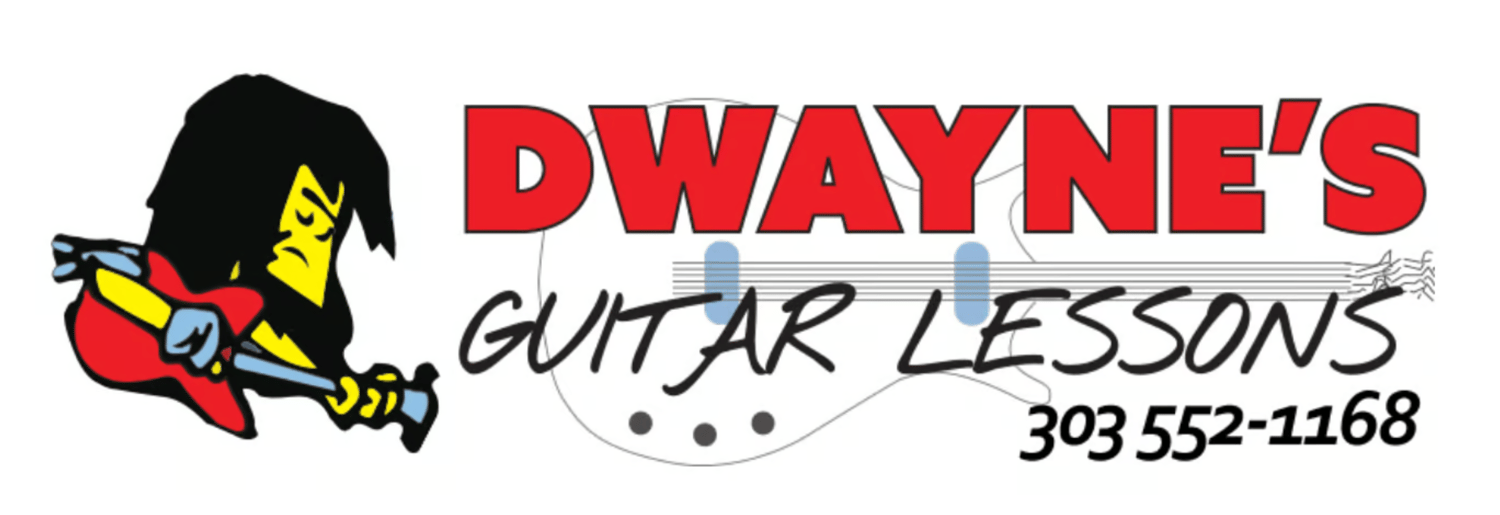In today's Lesson, we are going to learn the best practice for fixing fret buzz. This is a very common thing that happens to guitars. This can happen for a multitude of reasons. But the most common is from a change in the weather. But not to fear, this can be fixed quite simply with the right tools and know-how.
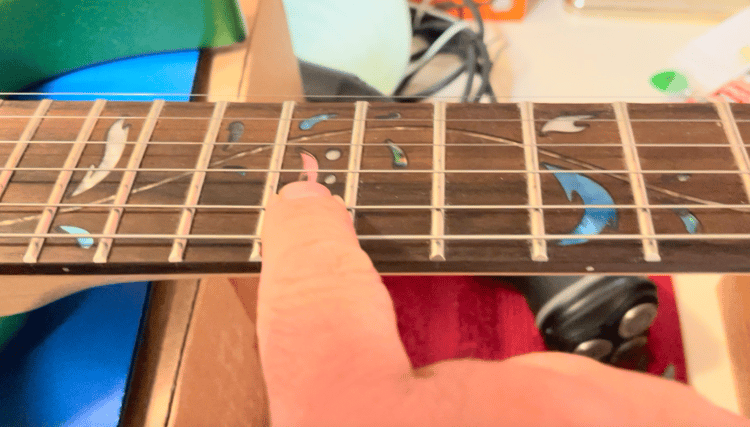
#1: What is fret buzz?
Fret buzz is when your guitar string gets too close to the fretboard, and when you press on a certain fret, the note buzzes. It doesn't sound right. This is very common when there is a change in the weather. If you live in a dry climate, and it rains and gets humid, this can affect your guitar neck.
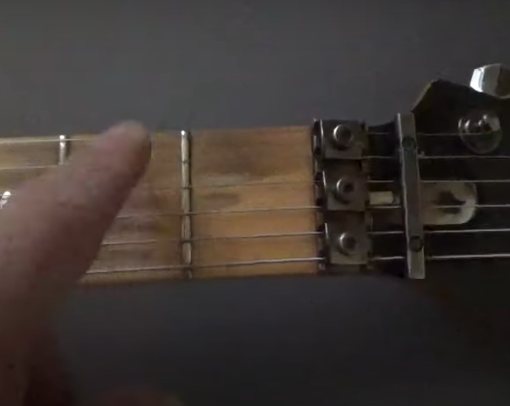
This can happen the other way as well. If you are in a humid climate and the guitar gets moved to a dry climate, this can also cause this problem. Or, if there is a change in the season. All these things and more can affect fret buzz.
#2: The truss rod
I the middle of your guitar neck is what's called a truss rod. This is specifically designed for this issue. Since the guitar neck is being pulled on due to the guitar strings being under tension, you need the truss rod in it so it doesn't bow too much and become unplayable.
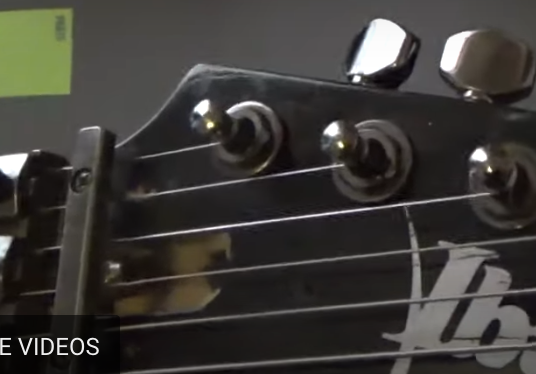
By adjusting the truss rod, you can eliminate fret buzz in the first few frets. Depending on your situation, you might need to either tighten or loosen the rod to bring the strings to the right height away from the frets.
#3: Truss rod tool
To adjust the truss rod, you will need a truss rod tool. Every guitar is different, so you might need to research the one needed fr your guitar. Most of the time, it is an Allen wrench that will work to adjust the truss rod. But with older models, you might need a truss rod wrench. I recommend you do research and see which one is needed for your guitar.
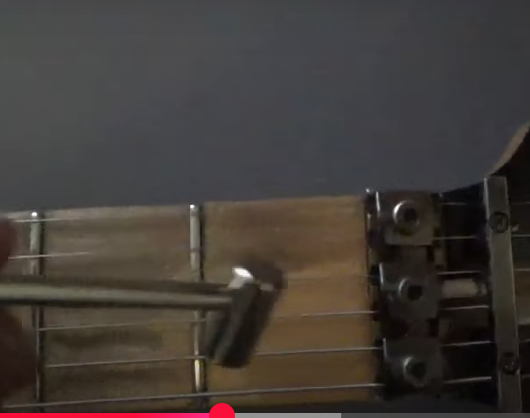
Watch the video lesson below
#4: Truss rod cover
On some guitar models, this will be on the head of the guitar. On some models, it will be exposed. It just depends on the guitar. Check your guitar headstock and see if there is a cover on it by the nut. If there is, that is the truss rod cover. It is usually held in place by a few small screws.
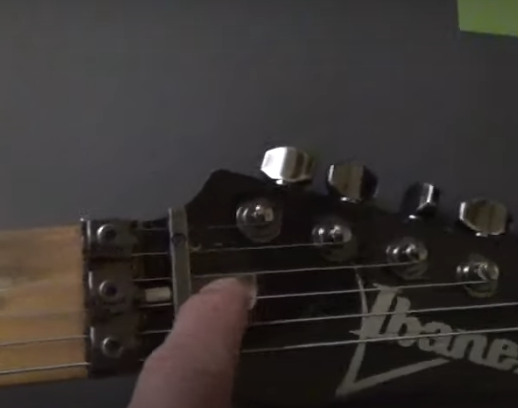
If you take a small Phillips screwdriver and unscrew it and remove it, you'll see the truss rod within the neck. This is usually where you will adjust it. This is the most common place for these adjustments. But, on some models, it is located on the other side of the neck by the pickups, and a different type of tool might be needed for this. If you're in doubt, take it to a professional.
#5: Tighten or loosen to adjust the neck relief
Neck relief is the distance of the strings from the frets. There must be a proper distance between the two for the fret to sound correct when the string is pushed down on it. If the strings are too close, you want to loosen the truss rod to give the guitar neck relief.
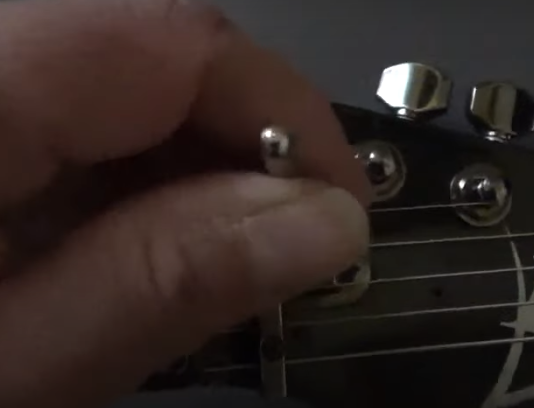
If the strings are far away from the frets where it is hard to push down on the strings, then the truss rod needs to be tightened. This brings the strings closer. By doing this, it makes the instrument easier to play. which provides less fatigue on the hand when holding down the strings for an extended period.
#6: Proper guitar maintenance
All guitars go through this at one time or another. It's natural. The reason for this is that the guitar is made of wood and metal. So there is no need to worry when it happens. You just learn to fix it yourself, which can be done by watching YouTube videos, or you can take it to a professional and have them work on it.
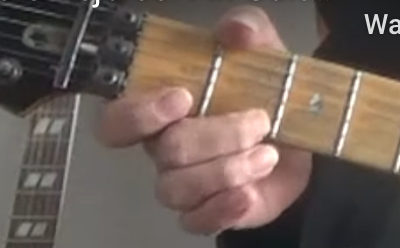
Proper guitar maintenance will keep your guitar playing at peak performance when you play it. So, I recommend that you keep the strings replaced when they ned it, check the fretboard and see if there is any fret buzz that has developed, and make sure that it is playing well and staying in tune.
#7: More help is available
Guitar maintenance can be a learning process, and if help is needed in this area, I can provide that. I offer private guitar instruction. Customized lessons that cater to the student's interest and skill level. They can provide quick results, a better understanding, and a fun way of learning to play or maintain your guitar. If you feel this could help you, just contact me at my website, and we can get online or meet in person.
Thanks for your time, and good luck with your learning.
Until our next guitar lesson, take care.
Dwayne Jenkins


